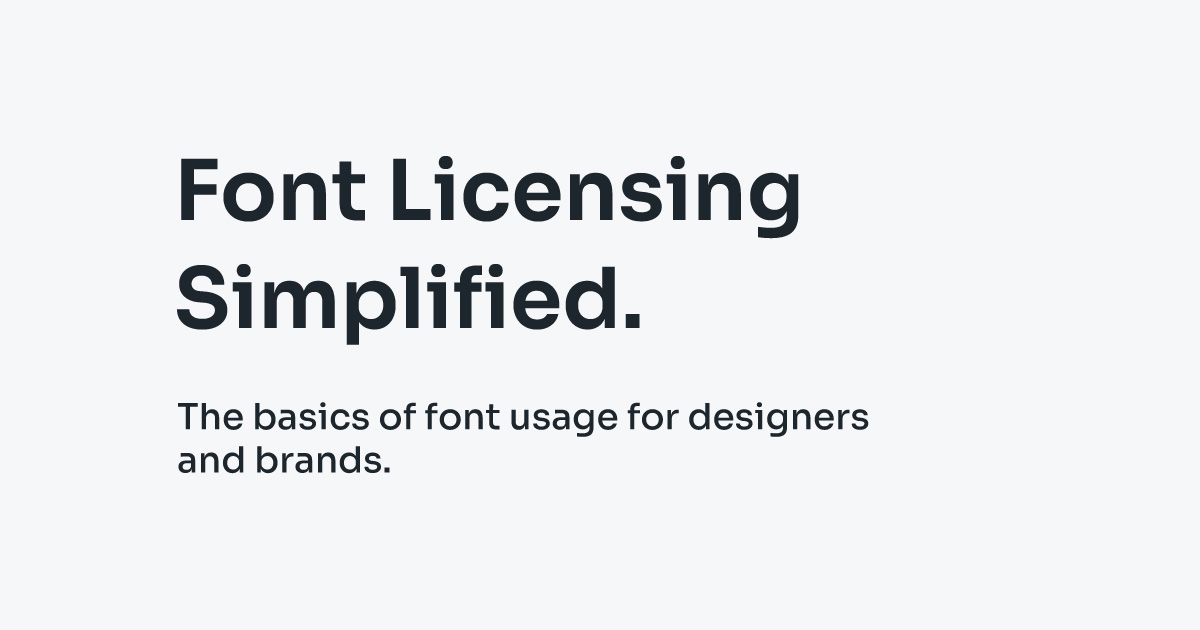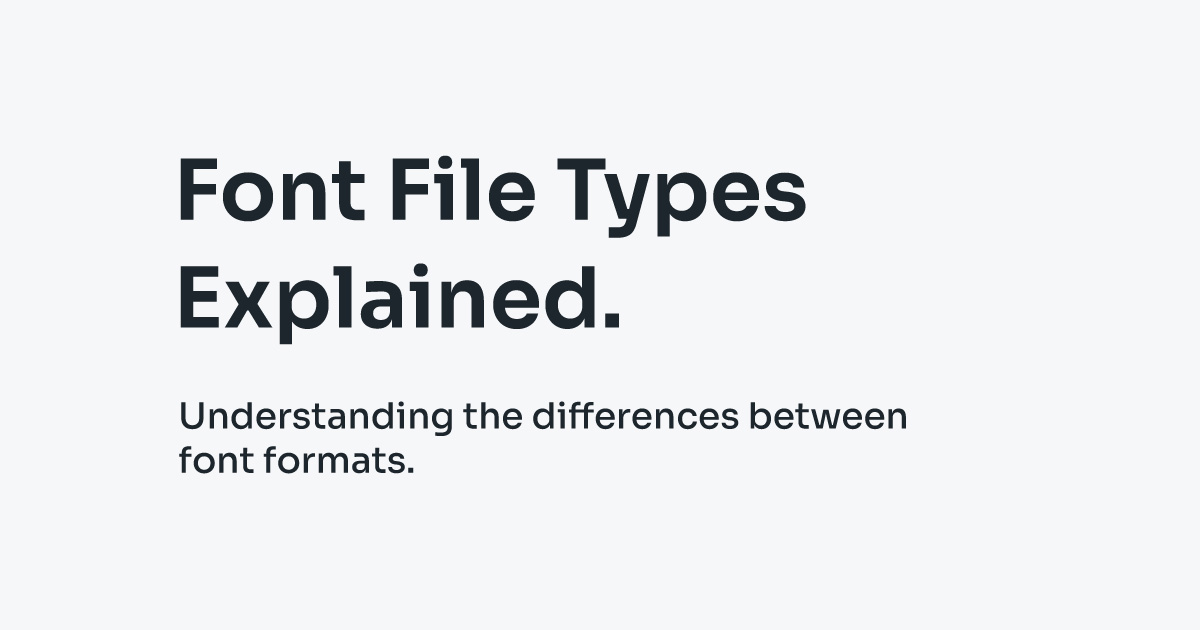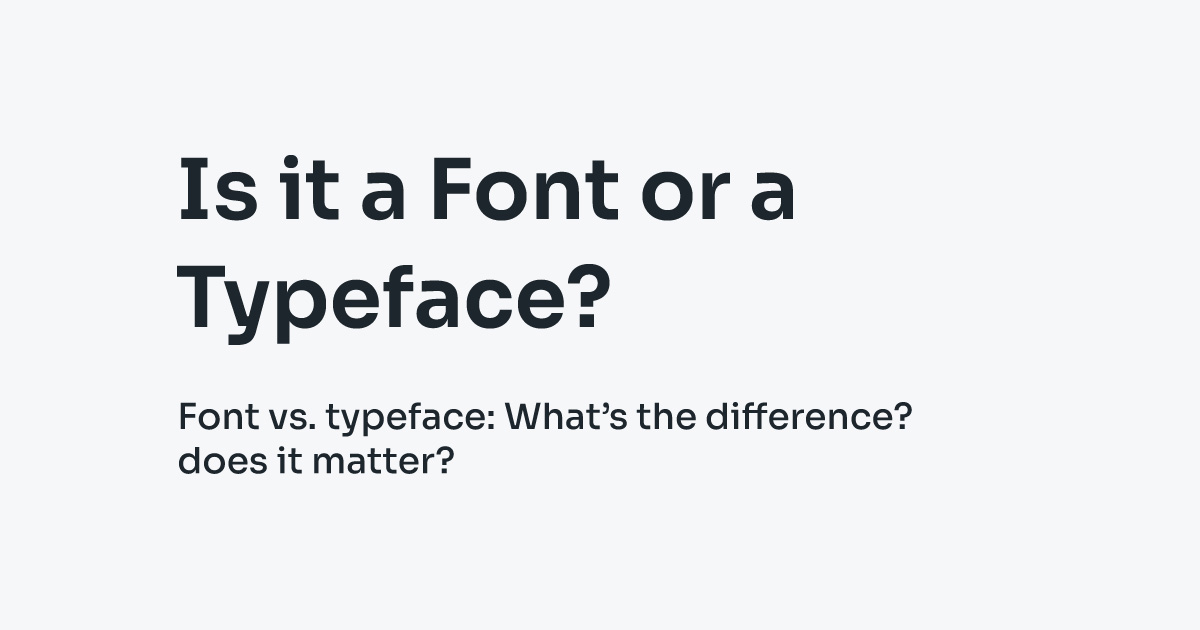Font licenses can appear complicated (and confusing), but in reality, font licenses are fairly straightforward as long as you understand the basics of how they work.
There are different types of licenses depending on the use, so what is a font license? and what do those licenses mean? Can I use the fonts in logos, print, on websites, in apps or e-books?
These are just a few questions that this article attempts to answer.
What is a Font License?
A font license is simply an agreement that explicitly states what users can and can’t do with the fonts, this agreement also called an “End User License Agreement” or “EULA”.
“A font is a software just like any other software, you are not supposed to install, embed or use it without a license.”
What is EULA?
Whether fonts are sold or given away for free, each has an associated End User License Agreement (EULA). This agreement states the terms of use granted to you when using the fonts.
“Every foundry or font marketplace has its own terms, and its EULA specifies what you can and can’t do with the fonts.”
There are a few basic license types offered by Fontsera, such as Desktop, WebFont, ePub and App licenses. Each license pertaining to a different form of usage.
“The font software is licensed (not sold) to you for use in accordance with the terms of the purchased license. In other words, you become a licensed user NOT an owner of the font software.”
Desktop License
The desktop license allows you to install and use the fonts in any desktop program. This is the most common license and covers most commercial font usage including, but not limited to logos, prints, static images, physical end product for yourself, or your client(s) as long as the fonts are not being embedded.
“This license is perpetual and limited by the number of “users” and devices using the font.”
WebFont License
The WebFont license allows you to embed the fonts using @font-face into your website code.
@font-face is a CSS rule that allows you to input your own font to appear on a website even when the particular font is not installed on the visitor’s computer.
ePub License
The ePub license allows you to embed the fonts into an electronic publication, such as eBooks, eMagazine or interactive PDFs.
“This license is perpetual and limited by the number of electronic publications titles. ”
App License
The App license allows you to embed the fonts into a mobile, desktop, or video game application.
“This license is perpetual and is limited by the number of applications titles.”
It’s impossible to go through all license options. Every type foundry or marketplace may have unique requirements or restrictions in their licenses. Always read your licensing agreements closely.



Don't forget to share this post!